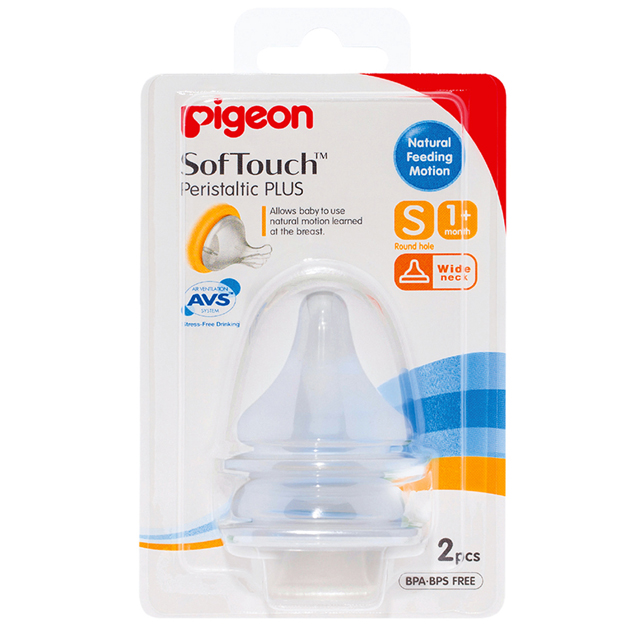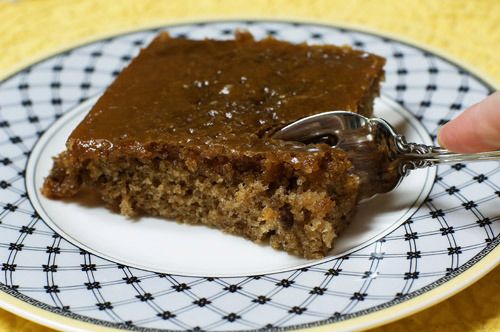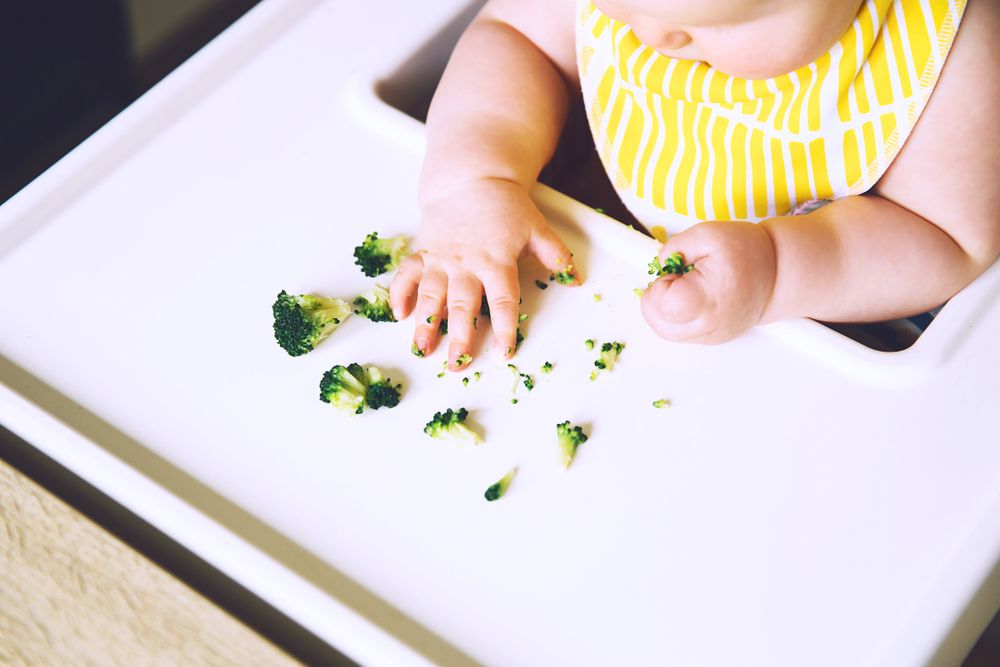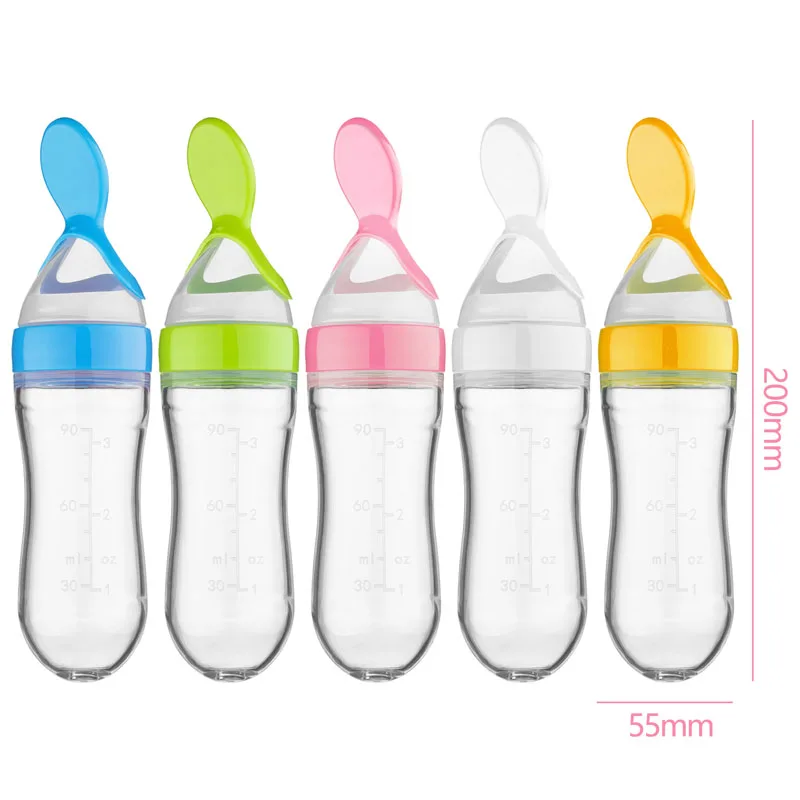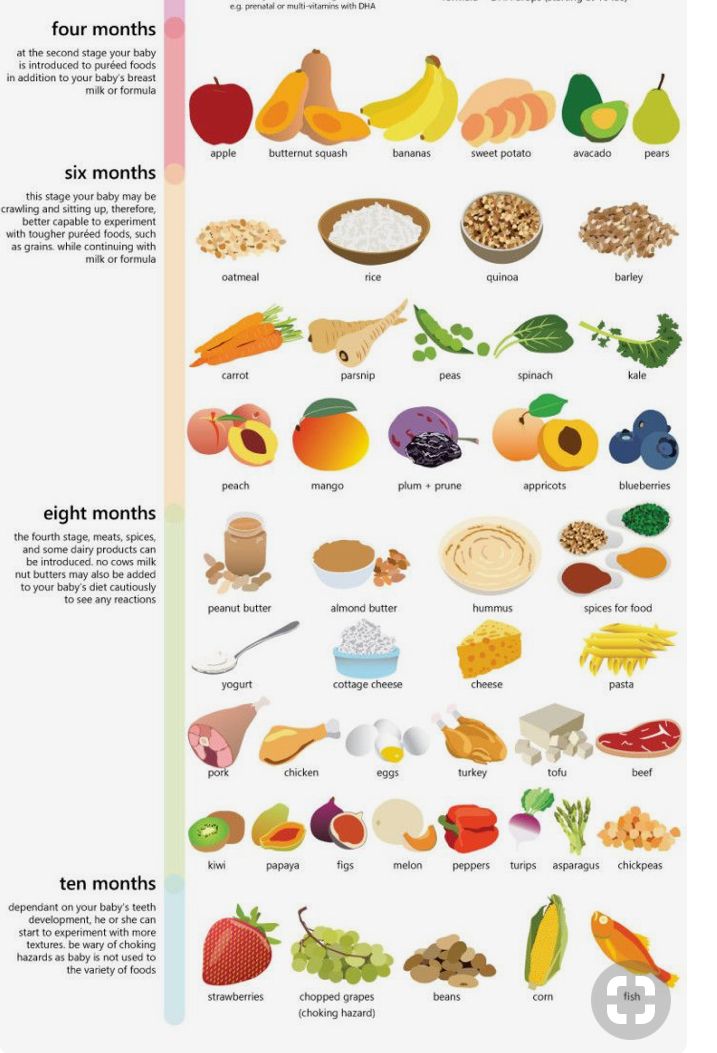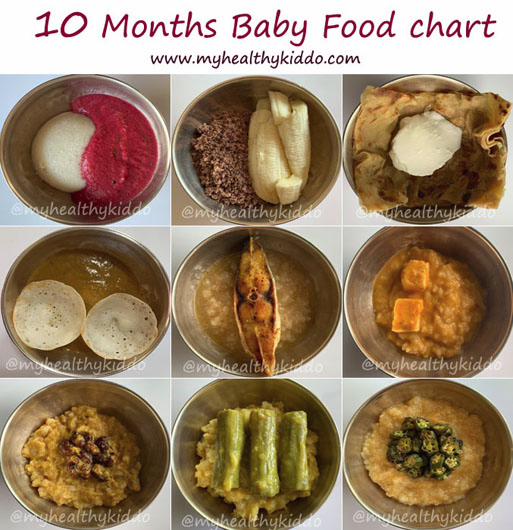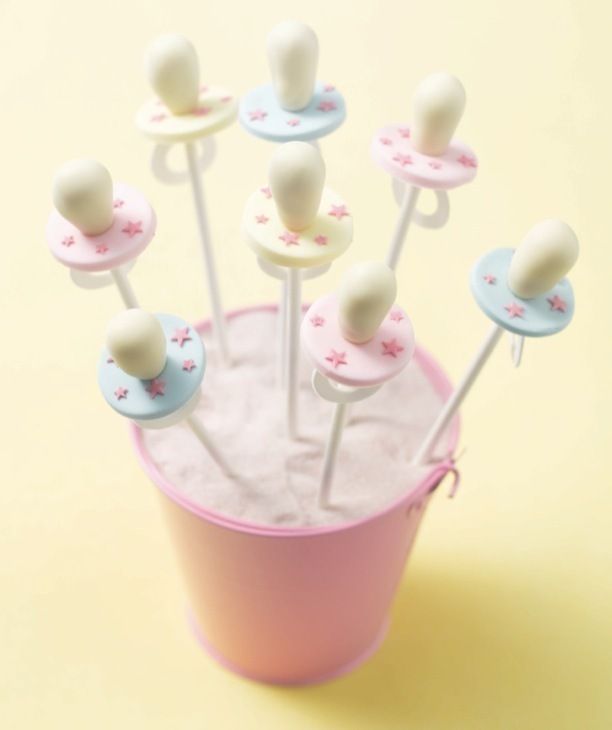Pigeon feed milk to babies
Mother’s milk best for growing babies; and that includes baby pigeons
Deakin University scientists have revealed some of the secrets behind the pigeon's rare ability to produce 'milk' to feed its young.
Deakin University scientists have revealed some of the secrets behind the pigeon's rare ability to produce 'milk' to feed its young.
Deakin PhD student Meagan Gillespie and research fellow Dr Tamsyn Crowley, along with colleagues from the University'sInstitute for Technology Research and Innovation and CSIRO Livestock Industries, have studied the genes behind pigeon 'milk' production. They found that, like mammalian milk, it contains antioxidants and immune-enhancing proteins important for the growth and development of the young.
"Producing milk to feed babies is normally the domain of mammals, including humans. However, the pigeon is one of only three bird species (the others being flamingos and male emperor penguins) to produce a milk-like substance to feed their young," Dr Crowley explained.
"We looked at the genes involved in the production of pigeon 'milk' and found that it contains antioxidants and immune-enhancing factors. This suggests that, like mammalian milk, it plays a key role in enhancing the immune system of the developing baby."
Both female and male pigeons produce a nutrient rich substance in their crop to feed their young (squabs). This substance has been likened to lactation in mammals and is referred to as pigeon 'milk'. This 'milk' is essential for the growth and development of the pigeon squab, and without it they fail to thrive.
"Bird crops are normally used to store food. However, in the pigeon the crop changes prior to 'lactation' in response to hormones and returns to its 'non-lactating' state at the end of the lactation period, a bit like the mammary gland," Ms Gillespie explained.
"During 'lactation', a curd-like substance is created from fat-filled cells that line the crop and regurgitated to feed the squab. This 'milk' contains protein, fats, minerals and antibodies to provide nutrition to the young. "
"
While studies have investigated the nutritional value of pigeon 'milk', very little is known about what it is or how it is produced.
"This study has provided an insight into the process of pigeon 'milk' production by studying the genes expressed in the 'lactating' crop," Ms Gillespie said.
"Birds are different to other animals in that they don't have sweat glands, but they do have the ability to accumulate fat in their outer skin cells (keratinocytes) which act like sweat glands. We found that the evolution of pigeon 'milk' appears to have developed from the ability of these outer skin cells to accumulate fat.
"The way pigeon 'milk' is produced is an interesting example of the evolution of a system with similarities to mammalian lactation, with pigeon 'milk' fulfilling a similar function to mammalian milk but produced in a different way."
The results of the study will be published this week in BioMed Central's journal BMC Genomics.
About pigeon 'milk'
The crop in most species of birds is normally used as a food storage area. It is located between the oesophagus and the top of a bird's stomach where food is moistened before further breakdown and digestion through the gastrointestinal tract.
It is located between the oesophagus and the top of a bird's stomach where food is moistened before further breakdown and digestion through the gastrointestinal tract.
The pigeon is one of only three bird species (the others being flamingos and male emperor penguins) known to produce 'milk' to feed their young.
In pigeons the milk starts to be produced in the crop of the parent birds two days before eggs hatch.
During 'lactation', a curd-like substance is created from fat-filled cells that line the crop and regurgitated to feed the squab. This 'milk' is made up of protein (around 60 per cent), fat (up to 36 per cent), a small amount of carbohydrate (up to three per cent), a range of minerals and antibodies.
Squabs are fed the 'milk' until they are around 10 days old. Once the young are weaned the 'milk' stops being produced.
The unique qualities of pigeon milk have been shown in previous studies.
One study tried replicating pigeon 'milk' however, for the squabs fed the artificial substance, their growth was either very poor or they died. This suggests that there is a unique quality to the pigeon milk that is necessary for squab growth and development.
This suggests that there is a unique quality to the pigeon milk that is necessary for squab growth and development.
In another study, when pigeon 'milk' was fed to chickens their growth rate improved by 38 per cent. Since this study, it has been shown that pigeon 'milk' contains certain antibodies, which provides further evidence that it is not just a nutrient-based substance.
What Is Crop Milk?
Zoltán Vörös / Flickr / CC by 2.0
Crop milk is a semi-solid, crumbly excretion high in fat and protein that some bird species feed to baby birds during the first days after hatching.
Pronunciation
KRAHP milk (rhymes with hop silk, top ilk, and stop bilk)
Nutritional Information
Unlike mammalian milk, crop milk or bird milk does not have any calcium or carbohydrates. The exact composition of crop milk varies depending on the bird species and the parent bird's diet. Generally, it is a gooey, crumbly substance similar in consistency and texture to the curds of cottage cheese.
Fun Fact
Unlike in mammals, crop milk is not generated by mammary glands, nor do young birds suckle on a teat to feed.
Crop milk ranges in color from whitish to yellow, gray, or beige, and contains a variety of substances, including:
- Fat
- Protein
- Minerals
- Antioxidants
- Antibodies
- Bacteria
Crop milk is only fed to young birds for a few days until they are able to digest other foods, and parent birds may gradually mix adult food in with the young birds' diet to wean them off crop milk. To feed on this unique milk, young birds stick their bills into their parents' mouths to stimulate the production and release of the substance. In some species, such as pigeons, both male and female birds can and do produce crop milk to care for their young. In other species, only one gender may produce this food, but it could be either the male or female parent. For example, male emperor penguins produce crop milk, but females do not.
Because the milk not only contains nutrition for the young birds but also has immune-building properties with antioxidants and antibodies from the parent birds, it is believed to play a significant role in the developing health of young birds. Further detailed study and analysis of different types of crop milk and the birds that produce it is needed to determine the exact role it plays in the diet of young birds. Ornithologists are also interested in how more or less crop milk may affect the development and maturity of chicks and how their survival rates may differ from other birds.
Birds That Produce Crop Milk
All pigeons and doves feed their young crop milk. For these species, the milk contains sloughed off, liquid-filled cells from the inside of the parents' crop. The crop switches from part of the parents' digestive system to milk production just a day or two prior to the eggs' hatching, a switch believed to be caused by hormonal changes. During that time, the parent birds may cease eating altogether so there is no seed in the crop, which very young birds would be unable to digest. After several days of feeding young pigeons milk, the hormone levels taper off and the crop ceases to produce as much milk. At this time, the young birds are better able to digest seeds, insects, and other foods regurgitated by their parents.
After several days of feeding young pigeons milk, the hormone levels taper off and the crop ceases to produce as much milk. At this time, the young birds are better able to digest seeds, insects, and other foods regurgitated by their parents.
Flamingos produce bird milk through glands along the digestive tract. Young flamingos eat this milk until they have developed the mature filter-feeding apparatus in their bills to allow them to feed on solid food. It takes roughly two months for young flamingos to develop well enough to eat mature food, and until that time, they feed exclusively on crop milk. While they are eating crop milk, however, they may still practice feeding as they learn how to use their bills, but they are not ingesting enough mature food to meet their nutritional needs.
Male emperor penguins will also generate a milk-like substance from the esophagus to feed young chicks after hatching. This is especially critical if the fishing females are late returning from the ocean with food to regurgitate. This type of feeding generally only lasts a few days, and after the females have returned, they alternate hunting duties with the males and are able to feed chicks regurgitated fish instead of relying on crop milk.
This type of feeding generally only lasts a few days, and after the females have returned, they alternate hunting duties with the males and are able to feed chicks regurgitated fish instead of relying on crop milk.
Alternative Names
While the term crop milk is universally accepted to describe this unusual part of a baby bird's diet, it is also occasionally called pigeon milk, pigeon's milk or bird milk. These terms can be slightly misleading, however. Pigeon or pigeon's milk would seem to imply that only pigeons produce this substance, while bird milk makes it sound as if all birds offer their chicks a type of milk. Neither of these is true, but birders who know the details about crop milk understand how important it is to baby birds, no matter what it is called.
how to get out at home if it fell out of the nest
Content
- 1 What does the pigeon chick eat
- 2 What to do if the pigeon chick fell out of the nest
- 3 How to feed the pigeon chick
- conditions
- 4.
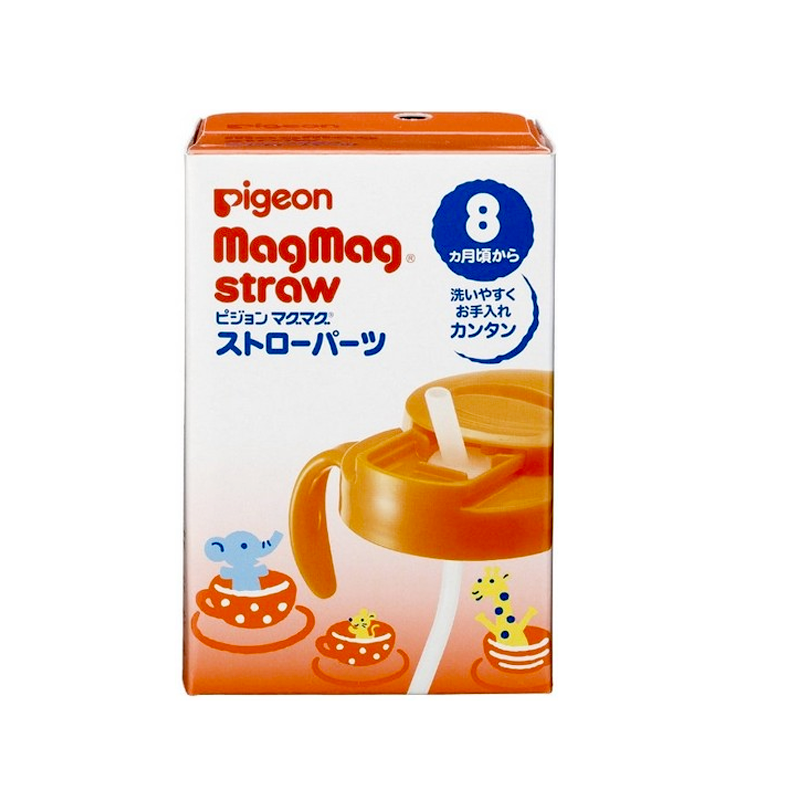 1 First week
1 First week - 4.2 Second week
- 4.3 Third week
- 4.4 Fourth week
- 4.5 After a month
- 4.
- 50006
- 6 What to do if the pigeon chick does not eat
- 7 How to hatch the pigeon chick
- 8 Conclusion
Chicks, just like human children, need care and care from their mother. Often in life there are situations in which the chick is torn off from the mother's wing, for example, when he fell out of the nest. If necessary, a person can independently feed a feathered friend at home and, upon reaching the required age, release him into the wild. It is in such situations that it is necessary to know what pigeons feed their chicks, as a result of which there is a high probability of going out and raising a bird on their own.
What a pigeon chick eats
If a feathered bird is left without parents and was picked up by a human, then it should be properly fed and then sent to the wild when it reaches the required age.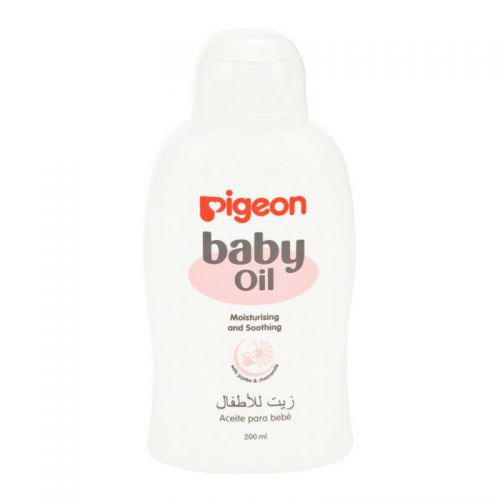 As practice shows, it is necessary to feed a pigeon chick from birth with crushed and well-brewed food. In the first days of life, a boiled egg yolk is perfect, which is injected into the feathered oral cavity through a syringe. In the future, it is worth feeding grains crushed to the state of flour and steamed in hot water. As the diet grows, it becomes much more diverse: fruits, vegetables, chopped greens, vitamins, live insects are introduced.
As practice shows, it is necessary to feed a pigeon chick from birth with crushed and well-brewed food. In the first days of life, a boiled egg yolk is perfect, which is injected into the feathered oral cavity through a syringe. In the future, it is worth feeding grains crushed to the state of flour and steamed in hot water. As the diet grows, it becomes much more diverse: fruits, vegetables, chopped greens, vitamins, live insects are introduced.
What to do if a pigeon chick has fallen out of the nest
In the event that a pigeon chick has fallen out of the nest, it is recommended to look around, suddenly its parents are nearby and are afraid to fly up to it because of the presence of people. If there are no adults nearby, then it is worth visually inspecting the pigeon chick itself. If there is plumage, it is completely dry, it behaves quite actively and is warm to the touch, then such a bird does not need help. Most likely this is his first flyby.
If the found pigeon chick does not fit this description and it is clear that without the help of a person it will die, then you should carefully take it without damaging the bones. Take home to a warm place, starting the feeding process.
Take home to a warm place, starting the feeding process.
How to feed a pigeon chick
It is recommended to feed a pigeon chick strictly according to the age category. This is primarily due to the fact that if you give a week-old baby food intended for a pigeon chick aged 2-3 weeks, then the body simply will not be able to digest food and the pigeon will die. For feeding, you can use a syringe, nipple or pipette. Food is introduced into the oral cavity, making sure that the food completely fills the goiter. From the first days of life it is necessary to accustom to water.
How to feed a pigeon chick at home
Feeding a pigeon chick at home is not as difficult as it may seem to many at first glance. As practice shows, it often becomes necessary to independently feed those birds that were found, fell out of the nest and were left without maternal care.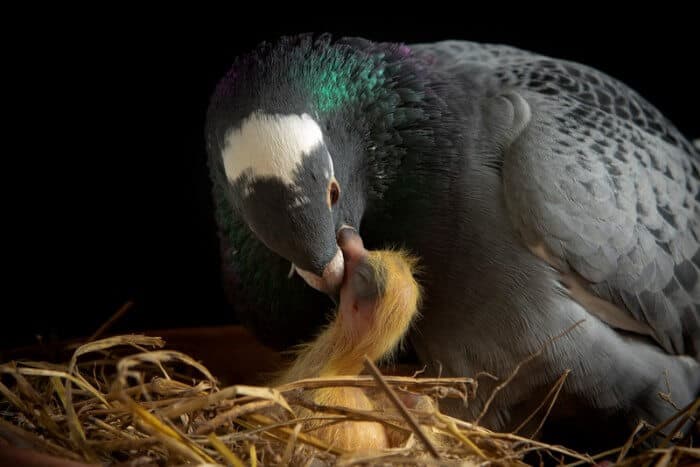 In order to understand exactly how to feed and care for pigeon chicks, it is necessary first of all to correctly determine their age - this is the only way to avoid causing even more harm.
In order to understand exactly how to feed and care for pigeon chicks, it is necessary first of all to correctly determine their age - this is the only way to avoid causing even more harm.
Approximate age can be determined by the following signs:
- rudimentary plumage appears on the 6-7th day of life;
- Eyes fully open on day 9;
- fully developed plumage can be seen by the end of 4 weeks;
- pigeons begin to show the first flitter rides at 6 weeks;
- the first molt occurs at 7 weeks;
- bird stops squeaking and starts cooing at 2-3 months of life;
- first sexual instincts appear at 5 months;
- final molt at 6 months.
If you correctly determine the age of a pigeon chick left without maternal care, then you can feed and leave the baby.
In the first week
If a newborn pigeon chick is in the hands, then in this case it is important not only to properly feed, but also to water. Thus, it is initially necessary to teach the feathered to take water and food. As practice shows, it is most difficult to get out birds that are about a week old, no more. This is due primarily to the fact that in the first 7 days of life, newborns need breast milk. In order to save the pigeon chick, you will have to make quite a lot of effort.
Thus, it is initially necessary to teach the feathered to take water and food. As practice shows, it is most difficult to get out birds that are about a week old, no more. This is due primarily to the fact that in the first 7 days of life, newborns need breast milk. In order to save the pigeon chick, you will have to make quite a lot of effort.
A step-by-step algorithm of actions that allows you to feed newborn birds is as follows:
- First of all, you need to purchase a 20 ml medical syringe from the pharmacy and carefully put a nipple on it, preferably a pipette.
- Egg yolk is perfect as a feed, as it contains a large amount of minerals so necessary for the normal life of a pigeon. You can also use special grains that are pre-ground to a state of flour.
- Received food is gently introduced into the oral cavity through a syringe, allowing time for the processing of the received components.
Pigeon chicks need to be fed at least 6 times throughout the day.
In the second week
Starting from the second week, it is recommended to introduce grain mass into the diet, as very soon the chick will start eating like an adult pigeon. It is worth feeding only grain crushed to the state of gruel and well steamed. This will require:
- Thoroughly grind the cereal through a coffee grinder several times.
- Mix the resulting flour with hot water.
- Let stand for 7 minutes.
It is important to understand that such a semi-liquid porridge is still incomplete food and cannot be fed. It is recommended to add chicken yolk to the steamed grain and only after that start feeding.
Since pigeon chicks require calcium for full growth and development, a solution based on calcium gluconate can be added to food. To improve the immune system, before you start feeding the chicks, add 2-3 drops of honey to the porridge.
By the end of the second week, the body of the chick will be completely covered with feathers, it will begin to move and scream even louder. During the day, birds are fed from 4 to 6 times. At the same time, it is worth making sure that the goiter is filled with food to the maximum.
During the day, birds are fed from 4 to 6 times. At the same time, it is worth making sure that the goiter is filled with food to the maximum.
Tip! If necessary, calcium gluconate can be replaced with crushed egg shells.
In the third week
From the third week, pigeon chicks feed completely differently. During this period of time, it is necessary to teach them to eat whole grains. Before feeding the birds, the grains should be placed in warm water for 10 minutes. In their natural habitat, parents give the chicks seeds of plants that have been in their stomach for some time and have undergone all the necessary processing, partially undergone splitting.
It is worth feeding with hands, young pigeons put no more than 3 grains into the mouth at each time. During this period of time, pigeon chicks begin to drink on their own. That is why, after they have already been fed (not before eating), you should carefully lower the baby's beak into a container of clean warm water.
Attention! It is important to ensure that liquid does not enter the chick's sinuses, as there is a high probability that it will choke.
Chopped greens and carrots can be gradually introduced into the diet.
In the fourth week
3 weeks after birth, pigeon chicks try to start eating on their own. During this period of time, they can be fed more varied. At this age, pigeons can be given a boiled and well-chopped chicken egg and a small amount of white bread. It is important to take into account the fact that only white can be fed, this is largely due to the fact that dark bread varieties have a coarser grinding and are less digestible by chicks.
It is recommended to sprinkle a small amount of grain on the table and lightly tap on the table top, thereby attracting the attention of pigeons. As practice shows, the chicks quite quickly understand what is required of them, and begin to eat food on their own.
Important! For a few more days, it is recommended to additionally feed the birds, giving food from the hands.
After a month
After a month, the diet can and even needs to be diversified. In such cases, it is necessary to feed with fruits, which are pre-cut into small pieces, give chopped greens. Small balls are made from the bread crumb, this is necessary so that the birds can independently take it in their beak and swallow it.
One month old chicks can be fed in the same way as adult pigeons. During this period of time, the babies are preparing for their first flight. Despite this, you should not quickly allow pigeons to adults, it is best to feed them separately for some time.
Tip! If the bird looks rather lethargic and eats little, then you need to add 3% glucose solution to the water.
What not to feed the chicks
Despite the fact that growing birds need insects, it is not recommended to feed them with the following:
- carcasses of insects of any kind. As practice shows, the death of an insect is a consequence of intoxication, and the poison also has a negative effect on the feathered body;
- Colorado beetles - they are not recommended because of their toxicity;
- ladybugs - capable of excreting a toxic liquid.
 Under natural conditions, if a bird has eaten a ladybug by mistake, then it immediately spits it out;
Under natural conditions, if a bird has eaten a ladybug by mistake, then it immediately spits it out; - hairy caterpillars - since such insects contain small hairs on the body, they can quite easily clog the crop;
- Brightly colored bugs - rich colors indicate that it is better not to risk using these insects.
In addition, meat and fish products should not be introduced into the diet, as it is quite difficult to process them.
Attention! It is best to feed the bird with nondescript bedbugs.
What to do if the pigeon chick is not eating
If it has been noticed that the pigeon chick is not eating, then special attention should be paid to the diet. It often happens that the age of the chick was determined incorrectly, respectively, and further feeding is carried out incorrectly. It is important to take into account the fact that at first adults feed babies with semi-digested food.
It is necessary to feed the bird with a syringe if it is still very small, larger individuals are fed by hand.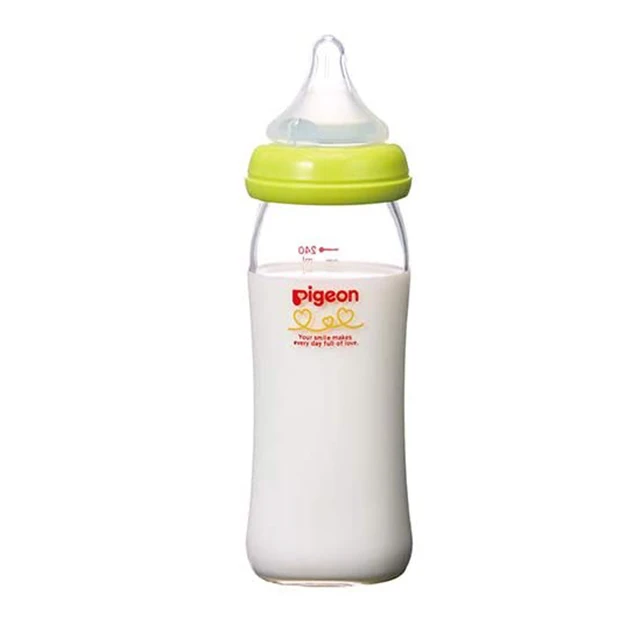 It should be borne in mind that at first the chick will not be able to take food on its own, it must be helped in this matter. If necessary, you can add a 3% glucose solution to the water, which will help give strength.
It should be borne in mind that at first the chick will not be able to take food on its own, it must be helped in this matter. If necessary, you can add a 3% glucose solution to the water, which will help give strength.
How to hatch a pigeon chick
Caring for a pigeon chick must be of high quality and complete. It is important to understand that at first the plumage is completely absent, as a result, the chick may freeze. For these purposes, it is recommended to use a heating pad that will maintain the optimum temperature. When plumage appears on the dove, the heating pad can be removed, but it is necessary to ensure that the temperature regime does not fall below + 25 ° С.
Conclusion
Pigeons feed their chicks with semi-digested food. To do this, they use plant seeds that, while in the stomach of an adult, undergo primary processing and undergo partial splitting. This knowledge will help the chick come out on its own.
description of newborn cubs, how to feed them at home
4. 3
3
(6)
into human hands. Also, finally, you should find out the answer to the question of why “no one has ever” seen these princes.
contents0003
- After hatching, they are either completely naked, covered with pink skin, or partially covered with yellow down. The chicks are completely blind, they have a large head and eyes, a small body. Outwardly, they do not look like their parents at all.
- A week after hatching, the chicks double their size and remain featherless. By this time they have vision, they become more mobile.
- On the 10th day of life, feathers grow in the chicks, outwardly they take on the appearance of doves.
- After 2 weeks, the birds already look like adult pigeons, but their parents continue to feed them and they leave the nest occasionally.
- After 17 days of life, pigeons reach the size of their parents, learn to fly and get out of the nest.
- After a month, the birds are fully grown and leave the parental nest forever.
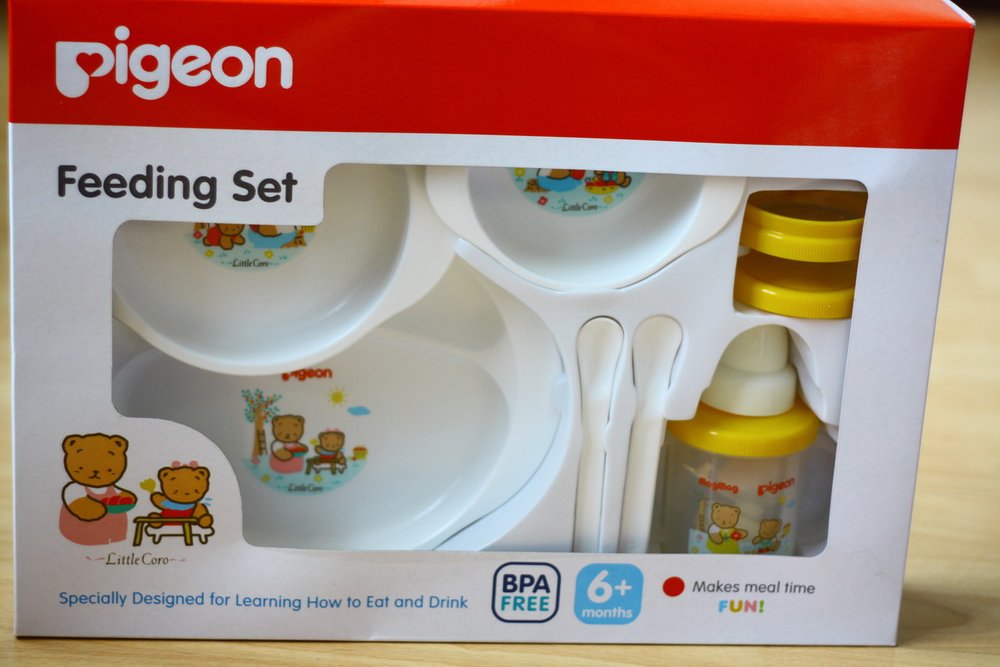
Domestic rearing of pigeons
Fledglings, unlike chicks, already leave the nest, but still return there and feed on their parents. They have almost grown feathers and look like small adult pigeons, but are still learning to fly. In most cases, you should just leave them alone.
If a fledgling pigeon is injured or reared at home, instructions for proper care should be followed. To help such a bird move into the adult phase, you need to feed it, provide housing and, if an injury or illness is detected, take it to the veterinarian.
Baby Pigeon Feeding
The best food for feeding a fledgling pigeon is a special formula for chicks. It can be purchased at a pet food store. You can also feed the fledgling pigeon chick with grain, which must be crushed and mixed with warm water. The result should be a mushy mass. A good food option for a chick is an egg yolk, which has all the nutrients it needs.
Important! Do not feed milk or bread crumbs to a chick.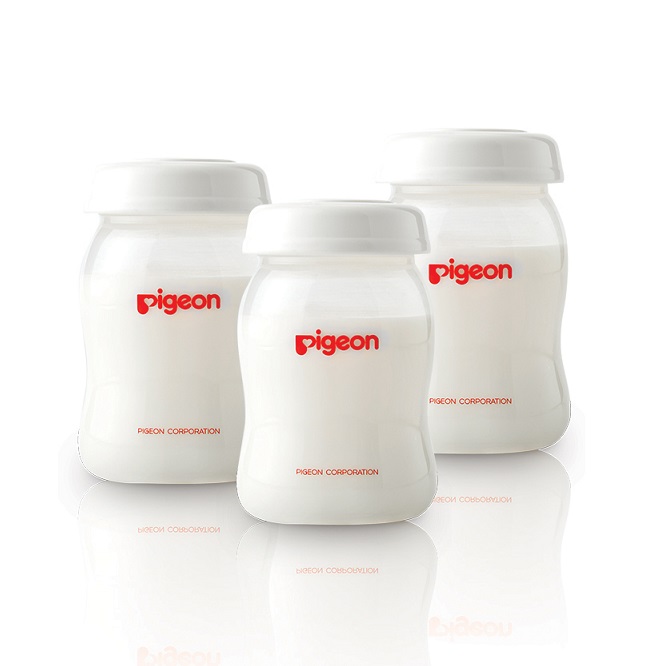
How to prepare formula
Follow the instructions on the packaging to prepare your formula correctly. In most cases, you just need to mix the food with warm water. For young birds, a feed to water ratio of 1:6 is usually used. As the pigeon grows, the water content should be reduced.
How to feed a baby chick
Fill the syringe or pipette with prepared food. Fledgling pigeons receive food from their parents - this type of feeding must be imitated. If the chick is still quite small, then you need to tap lightly on his head with your finger, he will open his beak. This is how parents inform the cub about the upcoming feeding.
Important! A fledgling should be fed at least 6 times a day.
If the chick is older, the head tapping technique may not work. In this case, you need to gently press on the sides of the beak to open the mouth. It is better to feed the chick together: one holds the body, and the other opens the beak and inserts a syringe or pipette into it, gently squeezing the food directly into the mouth. Stop feeding only when the belly of the chick is full. When full, the chest and abdomen should feel soft, like a balloon filled with water.
Stop feeding only when the belly of the chick is full. When full, the chest and abdomen should feel soft, like a balloon filled with water.
You can feed the chick by hand by placing seeds and grains in the chick's mouth. This method is suitable for older individuals. Grown up chicks should be taught to eat food on their own. To do this, pour some food into a bowl. This will help the chick learn to pick up seeds on its own with the help of its beak. After the baby learns to eat the seeds on his own, you can stop feeding him by hand.
Creating a nestling habitat
Pigeon chicks can be placed in a small cardboard box or birdcage. The box doesn't have to be big, as it's only temporary housing.
Tip! When using a closed carton, make sure there are enough air holes in the carton.
The chick needs to be comfortable:
- The little bird needs to be kept warm, especially if it is injured. To do this, place an electric heating pad or heating pad with water in the cage.
Its temperature should be 38-40 degrees. You can cover the heating pad with towels so that the bird has an indirect source of heat.
- Create a nest using a small bowl and towel. "Nest" must be put on a heating pad. This will make the chick feel cozy and safe. Change the towel daily to keep the nest clean.
- It is important to provide the birds with water. The chick must be able to drink water on its own.
- Place the bird cage in a quiet place away from other pets and people.
Important! No need to squirt water into the bird's mouth.
Chick hatching cycle
After the pigeons begin to mate, the female usually lays her first egg eight days later and her second egg two days after the first. For the first time, it is considered normal if the young female has only one egg. Adult pigeons usually lay two clean white eggs. However, four eggs can be found in the nest. This happens because there are not enough males and two females can live together.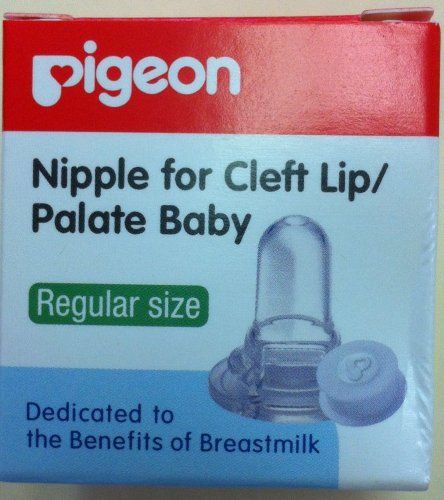 They do not build a second nest, but lay all their eggs in one.
They do not build a second nest, but lay all their eggs in one.
The first egg is laid earlier because the female's ovaries do not develop synchronously. For this reason, eggs are produced at short intervals. The second egg develops in the ovary about two days after the first one has been deposited and cleared the oviduct.
Pigeon EggsTo produce healthy offspring, breeders must take the first egg from the parents, replacing it with a fake so that they do not start the incubation process until the second is laid. Otherwise, the chick will hatch from the first egg 36-48 hours earlier than the second. This will result in the first hatchling being almost twice the size of the second. Parents may neglect the second chick, as they will think that the first and larger chick has a better chance of surviving than the younger and weaker chick.
Take the egg carefully, because the developing embryo is very fragile and even a slight shake can lead to its death. Until the female lays the second egg, the first must be hidden in a warm and dark place. As soon as a new egg appears, the fake must be replaced. After about a month, the pigeons will finish hatching and chicks will appear.
As soon as a new egg appears, the fake must be replaced. After about a month, the pigeons will finish hatching and chicks will appear.
Please note! During incubation, do not constantly touch the eggs and disturb the parents
Incubation
The parents take turns incubating the eggs. Incubation is not divided equally - the female does most of the work every day. Only when she leaves the nest does the male take over incubation. Parents must maintain a constant temperature of eggs in the region of + 39-40 degrees 24 hours a day. The pigeons will take turns leaving the nest for food and water and return immediately, preventing the egg from losing its temperature.
After five days the eggs can be removed for testing to see if they are fertile. This is easy to do: just hold the egg up to a bright light. If it is fertilized, the blood vessels and the embryo in the center can be seen through the thin shell. If the egg is not fertile, then inside it will look transparent.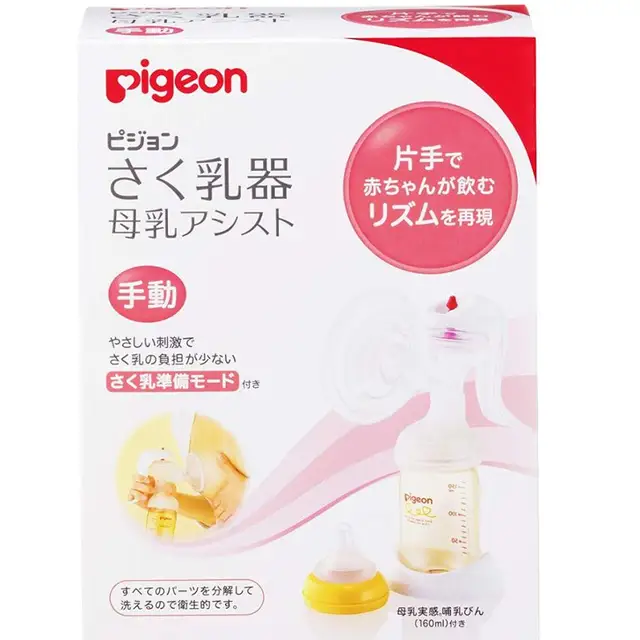
Please note! After the fifth day of inspection, it is better not to touch the eggs and not to interfere with the incubation of the birds until the end of the incubation. If the egg cools too much, it will stop developing and the baby pigeon will not hatch.
Hatching process
Under normal circumstances, the first chick will hatch in 18 days and the second in 19-20 days. But if the breeder took the first egg before the second appeared, then both chicks will hatch on the same day. The hatching process takes 15 to 30 hours. There is no need to help the chick get out of the egg, because the baby develops the muscles of the neck, legs and body, being pushed out of the egg.
If you interfere with this process, then most likely the chick will bleed to death. Inside the egg there are many tiny blood vessels. Breaking them is guaranteed to kill the bird. It is necessary to give the baby enough time, then the blood vessels will dry up and he will be able to hatch on his own.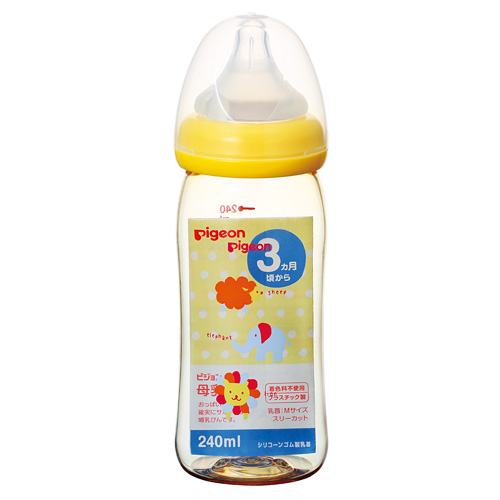
The chick depends on the nutrients contained in the yolk. Therefore, it is very important not to move the egg for several days before the bird hatches. The chick will navigate inside the egg so that its head is on the larger end, next to the air sac. The baby punches its way through the shell with the edge of its beak. After the hole is made, he needs to rest for a few hours and acclimate his lungs to the outside air. After that, he will begin to rotate inside the egg and continue to fight until he gets out of the shell completely.
Important! The chick must not be disturbed during its struggle for life.
When pigeon chicks emerge from their shells, they are wet and exhausted, usually lying still. After a while, they begin to revive. After the pigeon cubs hatch and dry, it is the pigeons that must feed them for the first hour. During this period, you also do not need to touch the chicks, as they are very fragile and need the protection and warmth of their parents.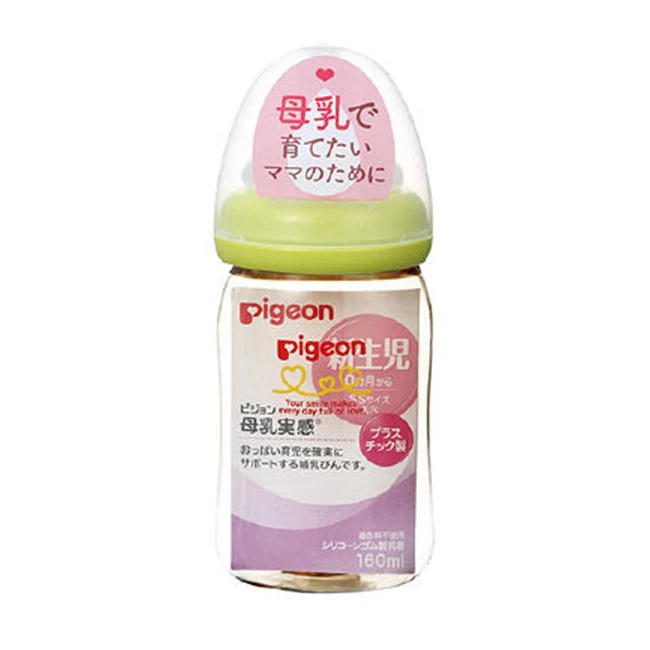
What do doves feed their chicks? They are able to produce special goiter milk. Unlike mammals, it is produced by both parents. In order for birds to be able to produce goiter milk, they must be provided with food and drinking water.
Pigeon chicks in nature
Why are pigeon chicks not seen in nature? The answer to this question is quite simple. It turns out that the princes are just waiting in their nests until they are mature enough to flutter around on their own.
People are surprised that they do not see little pigeons, but they are not surprised the same about other birds. In fact, the only birds commonly seen as young are waterfowl. The reason is simple: most chicks of other birds stay in the nest until they are fully feathered and as big as adults.
However, to be fair, there are several reasons why there are no small pigeons on the street:
- Their nests are usually out of sight: on the roofs of houses and other tall buildings.

- Pigeons grow up more slowly than other birds. While most birds live in the nest for two to three weeks, pigeons stay there for three to six weeks.
- However, the children of pigeons outwardly grow faster. Young birds can be found if you carefully examine them. As a rule, they have no shedding feathers, their eyes are dark (in adults they are red-orange) and the feathers on their wings are smooth, sharp.
Additional information! Before the advent of buildings characteristic of the modern city, wild pigeons nested in caves and rock crevices in mountain or coastal cliffs.
What do chicks eat in nature
During the first stage of development, pigeons should have a high percentage of proteins in their diet. This macronutrient is necessary for the development of body growth, and also helps to gain muscle and physical strength.
In the wild, pigeons feed their chicks with crop milk. Such feeding lasts for the first 3-4 days of life. The goiter milk in pigeons is produced from the secretions produced by the epithelial cells present in the mouths of adults (both sexes). Feeding occurs as follows: hatched helpless chicks put their beak into the parent's throat, and they, in turn, regurgitate food.
The goiter milk in pigeons is produced from the secretions produced by the epithelial cells present in the mouths of adults (both sexes). Feeding occurs as follows: hatched helpless chicks put their beak into the parent's throat, and they, in turn, regurgitate food.
Although the composition and metabolism of goiter milk is not equal to that of mammalian breast milk, it is stimulated by the hormone prolactin and contains a high index of proteins, lipids and natural antioxidants. As the digestive system of a newborn pigeon is still developing, this feeding method is essential to ensure that it receives the necessary nutrients for healthy growth.
Interesting information! Not only pigeons feed their cubs with goiter milk. Pink flamingos and penguins are also capable of producing this "bird's milk".
From the fourth or fifth day of life, pigeons begin to dilute the diet with other food, but continue to feed on goiter milk until the third week of life.